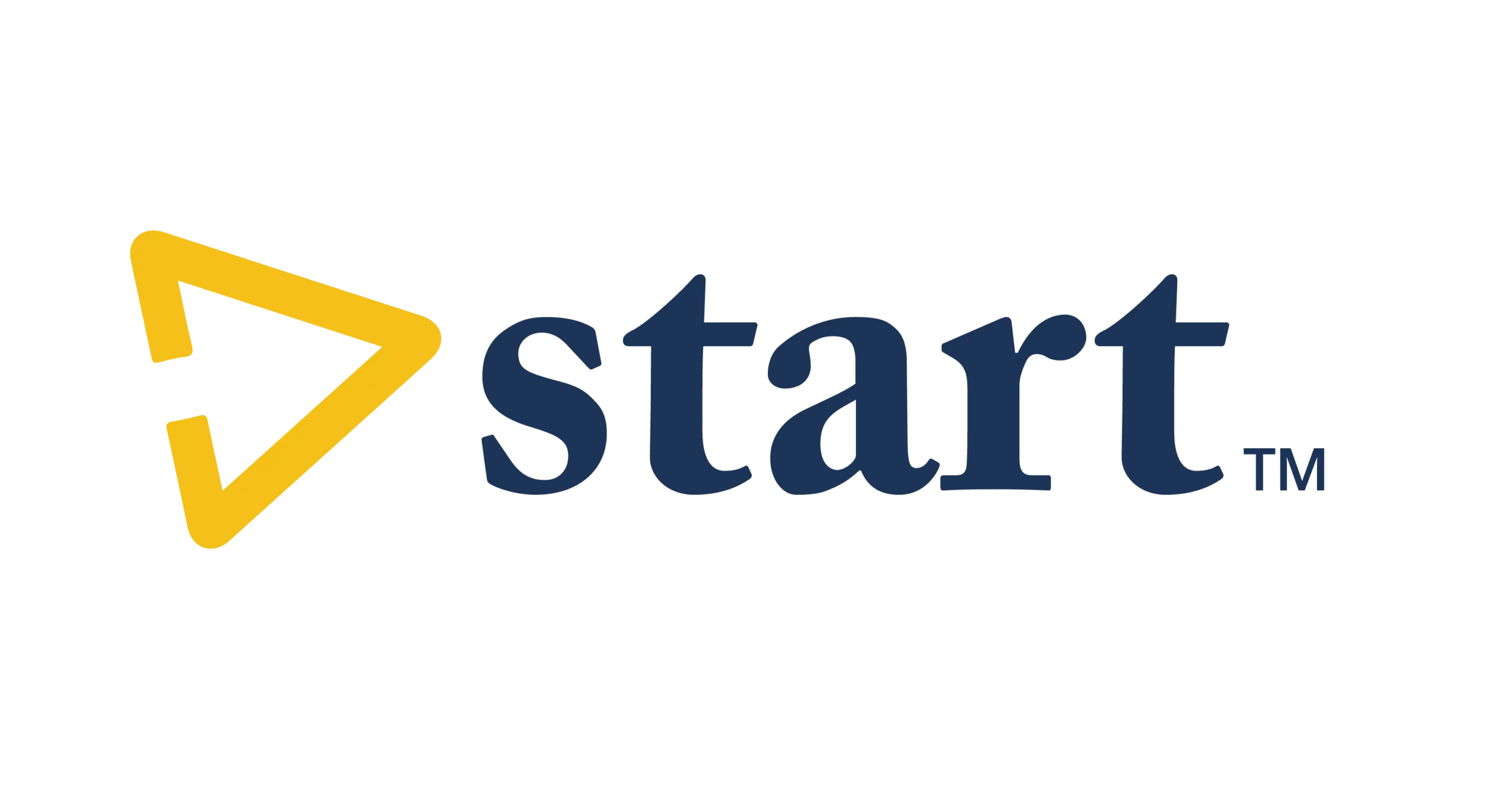
In recent years, healthcare coverage has needed to adapt due to the shifting workplace landscape. The global workforce has experienced a significant transformation driven by technological advancements, economic changes, and the ongoing impact of the COVID-19 pandemic. These shifts have brought about a host of changes in the way people work, including remote work arrangements, gig economy jobs, and flexible schedules. As the workplace evolves, so too does the landscape of healthcare coverage. This article explores the various ways in which the changing workplace can affect healthcare coverage and the implications this has for individuals, employers, and healthcare systems.
1. Rise of the Gig Economy and Freelancing
One of the most prominent shifts in the modern workplace is the rise of the gig economy and freelancing. This trend has led to a significant increase in the number of individuals working as independent contractors, consultants, or freelancers. While gig work offers flexibility and autonomy, it often comes with challenges in accessing traditional employer-sponsored healthcare benefits. This shift has led to a greater need for portable healthcare coverage that can adapt to gig workers’ fluctuating income and employment status.
2. Remote Work and Virtual Healthcare
The rapid adoption of remote work due to the COVID-19 pandemic has transformed the way people work and access healthcare. Telecommuting has made geographic location less relevant for employment, allowing individuals to work from anywhere. This has implications for healthcare coverage, as employees may reside in areas with different healthcare networks or insurance options than their employers’ headquarters. Furthermore, the demand for virtual healthcare services has surged, leading to the expansion of telemedicine and online health consultations.
3. Employer-Sponsored Coverage and Benefits
The changing workplace landscape has prompted a reevaluation of traditional employer-sponsored healthcare coverage. Many employers are exploring innovative benefits packages to attract and retain talent in a competitive job market. This includes offerings such as flexible spending accounts, health savings accounts, and wellness programs. Some companies even collaborate with healthcare providers to offer on-site or near-site clinics for employees, improving access to medical services.
4. Strain on Public Healthcare Systems
As traditional employment models change, there can be implications for public healthcare systems. For instance, a shift away from employer-sponsored insurance may lead to more individuals relying on public insurance programs like Medicaid or Medicare. This increased demand could strain public healthcare resources and funding. Additionally, as more individuals engage in gig work or self-employment, they might face challenges in accessing affordable healthcare, potentially burdening emergency departments or other care settings. Reimbursement insurance models, like Start Health, were created to help solve the problem.
5. Need for Policy Adaptations
The changing workplace landscape calls for policy adaptations to ensure that individuals have adequate and affordable healthcare coverage. Policymakers must address the gaps in coverage for gig workers and freelancers, potentially by establishing portable benefits systems that move with workers across jobs. Additionally, the expansion of telemedicine highlights the need for regulatory frameworks that ensure virtual healthcare services are accessible and of high quality.
Conclusion
The evolving workplace landscape is reshaping the way individuals work and access healthcare coverage. The rise of gig work, remote employment, and non-traditional employment arrangements necessitates a reimagining of healthcare benefits and systems. Policymakers, employers, and healthcare providers must collaborate to develop solutions that ensure equitable and adaptable healthcare coverage for all individuals in this changing environment.
As the workplace continues to transform, it is essential to recognize the interconnectedness of employment and healthcare, striving for a future where healthcare coverage is both accessible and responsive to the diverse needs of the workforce.
Sources:
National Bureau of Economic Research
Journal of Public Economics
The Common Wealth Fund
Employer Health Benefit Survey
Harvard Business Review
Bureau of Labor Statistics
Start Health
ACA Implementation
Portable Benefits in the 21st Century
National Library of Medicine
